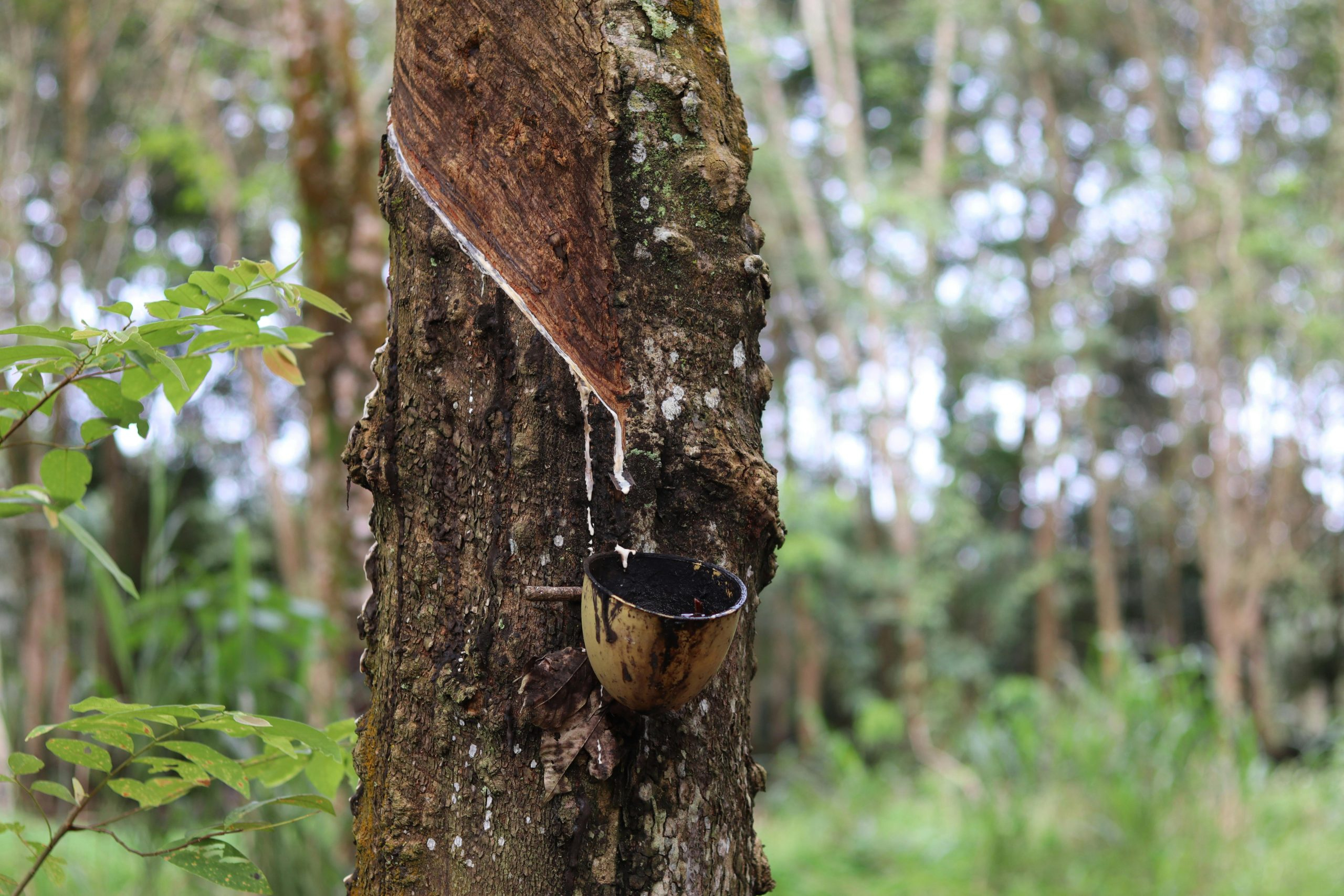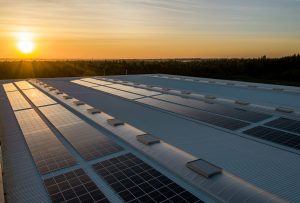Biodegradable PCBs: Plant-Based Circuits That Dissolve Responsibly
As technology continues to advance, so does the need for sustainable and environmentally responsible solutions. This is especially true in the field of electronics, where electronic waste is a growing concern. In response to this issue, a new innovation has emerged: biodegradable PCBs. These plant-based circuits offer a promising solution to reducing electronic waste and minimizing the impact of technology on the environment. In this article, we will explore the concept of biodegradable PCBs, their benefits, and their potential to revolutionize the world of electronics.
The Problem with Traditional PCBs
Printed Circuit Boards (PCBs) are the backbone of modern electronics. They are thin boards made up of insulating material with electrical circuitry printed on them. Traditional PCBs are commonly made from non-biodegradable materials such as fiberglass, epoxy resin, and copper, which are derived from non-renewable sources. When these materials are discarded, they contribute to the growing problem of electronic waste.
Electronic waste, or e-waste, is a major global issue, with millions of tons being generated every year. When improperly disposed of, e-waste can release toxic chemicals and heavy metals into the environment, posing a significant threat to human health and the ecosystem. Additionally, traditional PCBs are difficult to recycle due to their complex composition, making it challenging to separate the different materials for recycling. As a result, the majority of discarded PCBs end up in landfills, further exacerbating the e-waste problem.
Introducing Biodegradable PCBs
Biodegradable PCBs, also known as Plant-Based Circuits, offer a sustainable alternative to traditional PCBs. These circuits are made from biodegradable and renewable materials such as cellulose, starch, and soybean oil. Unlike traditional PCBs, which can take hundreds of years to decompose, biodegradable PCBs break down naturally over time, leaving behind only harmless substances such as water and CO2. This significantly reduces their impact on the environment and helps to alleviate the issue of electronic waste.
One of the most significant benefits of biodegradable PCBs is that they can be easily recycled. As these circuits are made from natural materials, they can be broken down and repurposed into other products, eliminating the need for landfill disposal. This not only reduces waste but also conserves non-renewable resources, making biodegradable PCBs a more sustainable option for the future.
The Potential Impact
The potential impact of biodegradable PCBs is immense. Not only do they offer a sustainable alternative to traditional PCBs, but they also have the potential to revolutionize the world of electronics. With the rise of the Internet of Things (IoT) and the increasing demand for smaller, more powerful devices, the production of PCBs is expected to increase significantly in the coming years. By replacing traditional PCBs with biodegradable ones, the environmental impact of this growth can be greatly reduced. This technology also has the potential to be applied to other industries, such as automotive and medical, further reducing their environmental footprint.
Challenges and Limitations
While biodegradable PCBs offer many benefits, they are not without their challenges and limitations. The production of these circuits on a large scale is still relatively new and therefore more costly compared to traditional PCBs. As a result, the initial cost of biodegradable PCBs may be higher, making it more challenging for smaller companies to adopt the technology. Additionally, certain components of biodegradable PCBs, such as the solder used to assemble them, are still made from non-biodegradable materials, making complete sustainability a challenge.
In Conclusion
Biodegradable PCBs offer a promising solution to the growing issue of electronic waste. With their renewable and biodegradable materials, they have the potential to reduce the environmental impact of technology and pave the way for a more sustainable future. While there are still challenges and limitations to be addressed, the potential impact of this technology is undeniable. As more research and development is conducted, we can look forward to a greener and more responsible electronics industry with the use of biodegradable PCBs.











